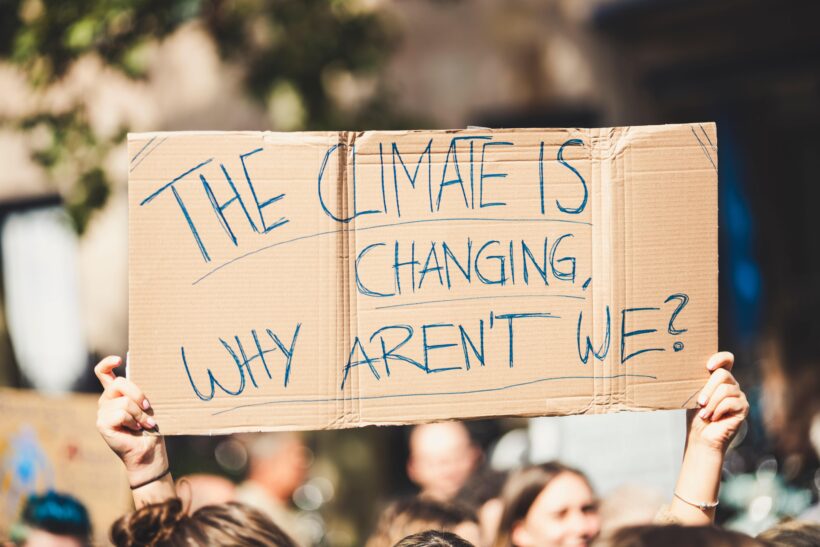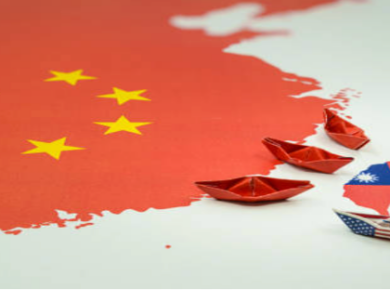Disclaimer: This post reflects solely the opinion of the authors and should not be taken to represent the general views of IPPR’s management/ editorial team or those of fellow authors
Australia may become a renewable energy superpower, according to new Australian PM Anthony Albanese, who won the election with the opposition Labor Party last Saturday.
On the evening of 21 May, when the polling stations closed, most of the commentary focused on the depressing election campaign that had just ended, in which both major parties had avoided any substantive confrontation on political issues, focusing instead on trying to discredit the opposing leader.
On Monday, Albanese was sworn in as Prime Minister, and Labor appears to have a majority in parliament as vote counting continues. At the time this post is published, Labor is just one seat short of achieving a majority government, which would allow it to govern alone.
Outgoing PM Scott Morrison has been famously lacking in climate action and these recent elections seem to bring a good shift in climate policy for the country.The Coalition government led by Morrison had mastered a formula for effectively weaponizing climate action in Australia’s regions and suburbs. While Labor was planning to address the climate crisis, Morrison and the Coalition’s failure to address the existential challenge of global warming was causing frustration among centre-right progressive voters in capital cities.
Electoral pressure on moderate Liberals in Australia’s cities began to increase, and this pressure translated into a lobbying push by several government MPs to persuade Morrison to support a net-zero aim by 2050. Morrison was also pressed by important allies, such as UK Prime Minister Boris Johnson and U.S. President Joe Biden, to make the mid-century promise at the COP 26 in 2021.
Morrison agreed to the 2050 target, but the National Party, the Liberals’ junior coalition partner, refused to allow him to raise Australia’s medium-term emissions reduction target, which had been widely criticised internationally. Morrison also declined to produce realistic policy tools to deliver emissions reductions in an impossible shift.
The National Liberal Party (NLP) lost many seats to the ecological forces, namely the Greens and independent candidates. This means that the new Labor government will face a different climate challenge than expected: instead of avoiding making excessive concessions to historical opponents, Labor will have to find ways to adopt more ambitious climate policies. It will be impossible for the government to use the most effective lever (a carbon tax) because the Liberals have succeeded in irreparably poisoning the debate on the issue. The most famous historical controversy of the carbon tax journey of Australia might be when Tony Abbott, ex-PM of Australia as leader of the Liberal Party, made the repeal of the carbon tax central to his campaign in 2013. But there are other ways to accelerate Australia’s transition to cleaner, greener energy, starting with public investment in large-scale wind and photovoltaic projects.
The next three years will be very difficult both economically and politically, but the turnaround sanctioned by the election has paved the way for a similarly radical change in climate policy. If the measures taken are bold enough, a bright future lies ahead.
The new challenge for the Labor party in government
The biggest surprise of the election was the Liberals’ loss of a number of seats they considered to be safe, but were ultimately won by the Greens and Independents. All the winning candidates in these seats based their campaign mainly on climate change, an issue close to the voters, and that was shelved by the major parties and much of the media as too dangerous and divisive.
During the campaign there was talk of the possibility of a hung parliament, a rare result in a federal system as Australia, the last time it occurred was in 2010, and before that in 1940. For this reason both major parties had promised (with little credibility) that they would never form an alliance with the Greens or independent candidates in order to guarantee themselves a chance to govern. Realistically, one possible scenario seemed to be one in which Labor could offer a slightly more ambitious programme on climate issues to facilitate the creation of a minority government.
In retrospect, it is clear that the premise of those analyses was a confirmation of the usual political mechanism in Australia: a two-party system in which a handful of independents occasionally played a crucial role in the formation of a majority. In any case, the promise to voters of better climate action was made and one can hope for real political change in Australia on this front.
Australia has radically changed its political scene. The conservative government has been voted out after nearly a decade of ruling. It can be said that the assumptions associated with the two-party system no longer exist. Even if Labor can count on a majority, it is unlikely to be able to confirm it at the next election, not least because the economic circumstances facing the next government will be prohibitive. As for the NLP Liberals, unless they manage to win back some seats lost to the Greens and Independents, they will have no chance of forming a government at the next election in three years, even if they achieve a clear victory over Labor in the traditionally more competitive seats.
The new way
The real need is to promote rapid growth in large-scale wind and solar projects and much greater efforts to facilitate the transition to electric vehicles. The solution could come in part from public investment, following Queensland’s CleanCo model that was established in 2018, or increased use of subsidised finance through the Clean Energy Finance Corporation and the new Rewiring the Nation Corporation. The political attractiveness of this approach lies in the fact that the two agencies are outside the federal budget, so the expenditure would not affect a public debt that has significantly grown due to the country’s economic response to COVID-19.
Democracy works on the possibility of change, and these elections have shown us that the political system can change, and that democracy and its system of check-and-balances brings progress and a better future. The electorate has spoken, and climate change might become a priority in the new government. Now we must apply politics to climate policy: the mission is changing our energy systems, abandoning fossil fuels, and embracing clean energy. Australia, under the leadership of this new government, seems like it has never had a better opportunity!
By Arianna Tanganelli,
Postgraduate student in MSc European Politics and Policy, specialised in Foreign Affairs and International Relations. Main areas: human rights, democracy and EU politics.







